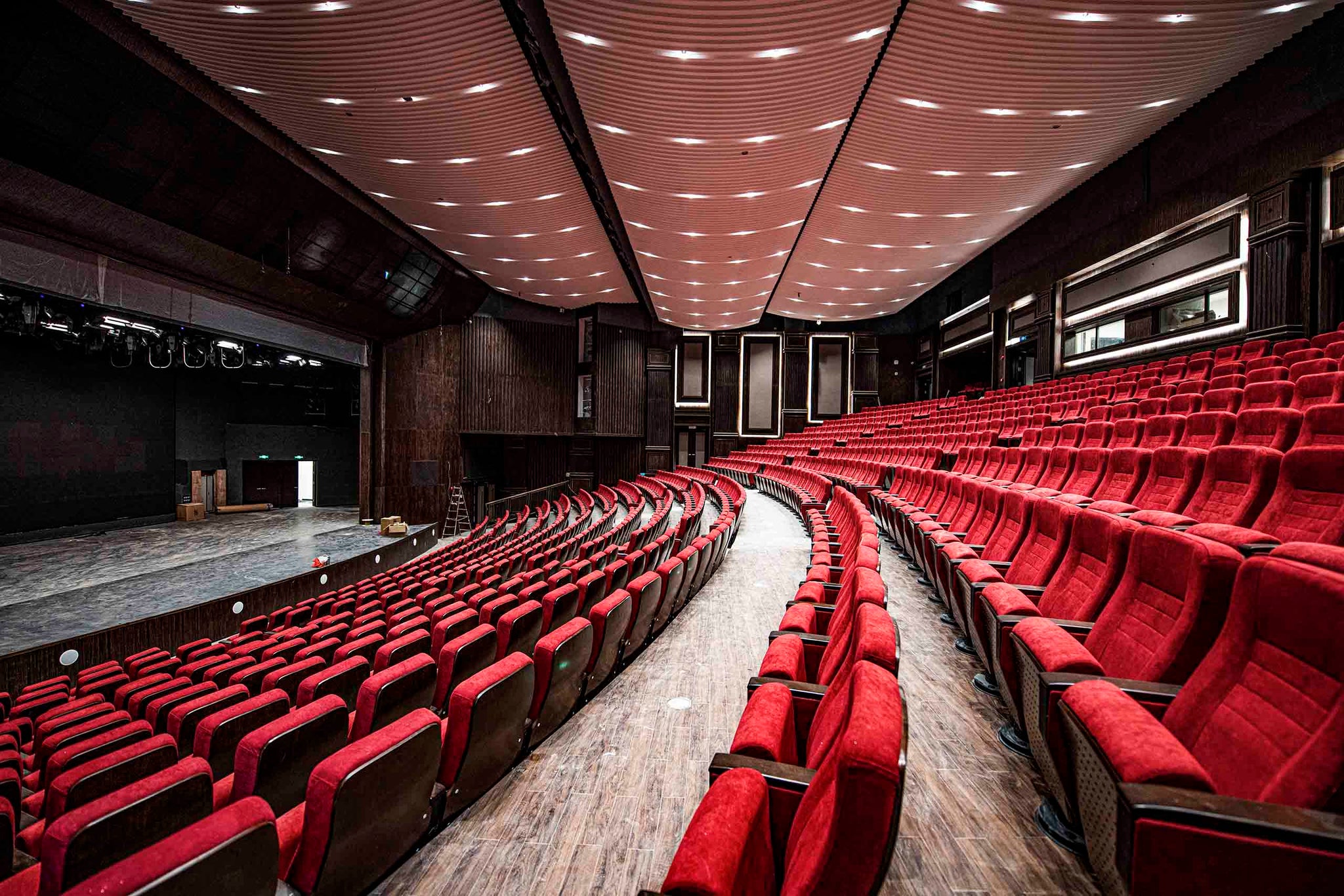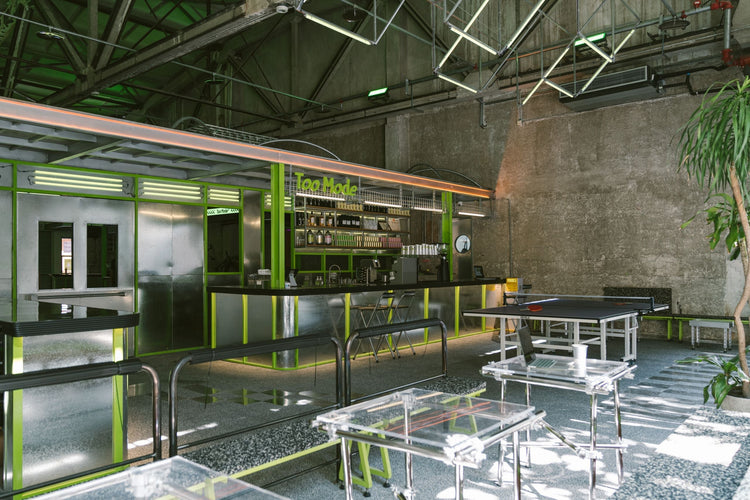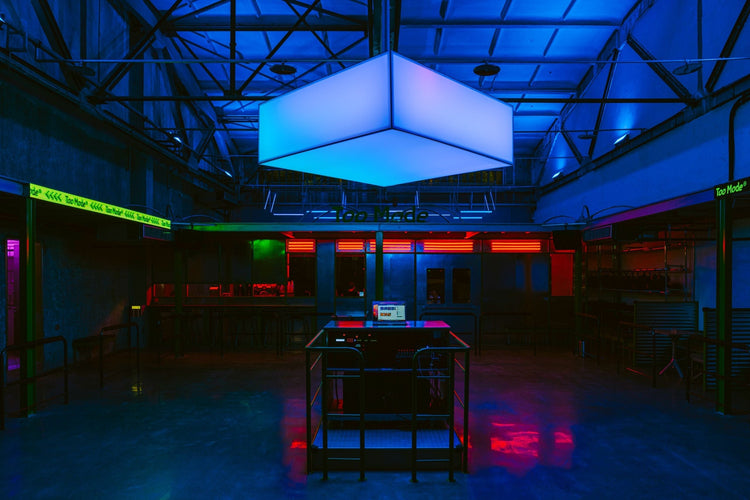As a core lighting device for both daily and commercial scenarios, a lighting "dust-proof" and "water-resistant" performance directly impacts its safety and service life. Whether exposed to heavy moisture in bathrooms, heavy rain outdoors, oil splatters and water droplets in kitchens or the long-term humid environment of toilets, mismatched waterproof ratings can cause minor issues like short circuits and damage, or even serious electric shock hazards.
To help you accurately meet lighting needs across different scenarios, this article will delve into explaining the IP waterproof ratings of lighting fixture, provide professional selection guidelines for residential, commercial, industrial and other scenarios.
What is an IP Rating?
IP Rating, short for Ingress Protection Rating, is a standard established by the International Electrotechnical Commission (IEC) under IEC 60529. It defines the level of protection an electrical equipment enclosure provides against the intrusion of solid objects (such as dust and sand) and liquids objects (such as water and oil).
This standard is particularly widely used in the luminaire industry. From household fixtures like bathroom lights and kitchen lights, to commercial ones such as shopping mall spotlights and outdoor street lights, and even industrial light fixture including workshop explosion-proof lights and tunnel lighting, all require IP ratings to specify their protection capabilities.
IP Ratings help us quickly determine if a lighting is suitable for a specific indoor or outdoor installation environment. For example:
- High waterproof-rated lighting fixture are needed for bathroom shower areas.
- High dustproof-rated lighting fixture are required for dusty workshops.
- Outdoor gardens call for lighting fixture that balance both dust and water protection.
How to understand IP Rating?
Lighting IP ratings consist of the letters "I" and "P", followed by two digits, using the format "IPXX". Both "X" are digits, and a higher digit indicates stronger protection against solids or liquids. The specific meanings of the two digits are as follows:

-
First digit (range: 0-6; "X" for certain special scenarios): Specifically classifie
s the risk of solid objects intruding into the enclosure. It addresses two key questions: "Can foreign objects enter the enclosure?" and "Will entering foreign objects damage the equipment or cause safety hazards (e.g., short circuits, electric shocks)?". The "solid foreign objects" here include not only small particles like dust and gravel, but also larger items such as fingers, tools, and wires.
-
Second digit (range: 0-9; "K" for some scenarios): Classifies the risk of liquid intrusion into the enclosure. It covers factors like "liquid contact method" (dripping, splashing, spraying, submersion), "liquid pressure" (low pressure, high pressure), and "liquid temperature" (room temperature, high temperature).
-
Third digit is an additional letter: This is a "supplement" to the IP standard, used to further restrict human or tool access to hazardous components inside the equipment (e.g., exposed live terminals, high-speed rotating motor shafts). Its protection logic does not overlap with the first two digits: the first two digits focus on "whether foreign object/liquid intrusion affects equipment function", while the additional letter focuses on "whether human contact with internal components poses safety risks".
Lighting IP Ratings Chart

How to Determine Lighting IP Rating?
To determine the IP rating for lighting fixtures based on indoor and outdoor scenarios, the core step is to first accurately identify the risk intensity of solid foreign objects (e.g., dust, oil fumes) and liquid exposure (e.g., dripping water, heavy rain) in the scenario, then match it to the capabilities of the two digits in the IP rating (IPXX).
Low IP Ratings lighting are ideal for indoor installations, the focus is usually on moisture and dust protection. For example:
- In dry, clean spaces like bedrooms, living rooms or offices, IP20 is typically sufficient.
- In high-humidity areas such as bathrooms, shower rooms, or kitchens where moisture and occasional water splashes are major threats, choose fixtures with at least IP44 or a higher rating, especially near showers or sinks.
- Basements and garages may also be damp and dusty, IP44 or IP54 fixtures are recommended here.
Overall, there’s no need to over-pursue high IP ratings for indoor use. Excessive sealing will hinder the fixture’s heat dissipation, shortening its service life.
High IP Ratings light products are meant to be installed outdoors which demand stricter protection, as they face challenges like rain, snow, hail or even temporary submersion:
- The most basic outdoor lighting, such as those installed under eaves or on walls with partial shelter should meet at least IP44 or IP54.
- For outdoor fixtures fully exposed to wind and rain, such as garden lights, lawn lights or exterior wall floodlights, which must resist direct rain and snow, IP65 or IP66 is recommended.
- If fixtures may encounter standing water or temporary submersion like low-lying lawn lights, in-ground lights around pools, a higher rating like IP67 or IP68 is required.
In short, the harsher the environment and the greater/more intense the potential water exposure, the higher the required IP water resistance rating.

Common Lighting IP Ratings Comparison
-
IP20 Rating: Protects only against solids ≥12.5mm in diameter (e.g., fingers) with no water resistance. Suitable for dry, low-dust indoor environments, such as bedroom downlights, living room ceiling lights/pendant lights, and study table lamps. Avoid areas with high moisture or dust.
-
IP44 Rating: Shields against fine dust ≥1.0mm in diameter and liquid splashes from any direction. Ideal for humid indoor/outdoor scenarios with splash risks, including bathroom wall lights (outside shower areas), balcony ceiling lights, bathroom vanity lights, and kitchen lights above counter tops. Resists water splashes from daily handwashing or vegetable rinsing.
-
IP54 Rating: Blocks most dust and repels splashes from any direction. Used for uncovered outdoor areas with light rain, such as balcony pendant lights, garden lawn lights, residential path lights, garage lighting, and lighting for outdoor EV charging piles. Withstands light rain splashes and daily dust.
-
IP55 Rating: Dust-proof and jet-water resistant which stronger water protection than IP54. Suitable for outdoor areas prone to water jets or frequent rain, like park landscape lights, outdoor advertising light boxes, and gas station lighting. Handles low-pressure water rinsing (e.g., during cleaning) or moderate rain.
-
IP65 Rating: Fully dust-tight and resistant to low-pressure water jets; safe for water rinse cleaning. Perfect for uncovered, dusty, and rainy outdoor environments, such as street lights, square high-pole lights, outdoor floodlights, and garden wall lights. Blocks all dust, withstands heavy rain, and suits long-term outdoor use.
-
IP66 Rating: Designed for outdoor scenarios requiring high-pressure cleaning or exposure to heavy rain, including tunnel lighting, dock fixtures, and outdoor lighting for large stadiums. Endures high-pressure water jet cleaning and resists heavy rain or strong water impact.
-
IP67 Rating: Fully dust-tight and submersible in 1m of water for 30 minutes. Applicable to special scenarios with short-term water exposure or high humidity, such as pool edge underwater lights (shallow areas), fountain landscape lights (not for long-term underwater use), and underground garage emergency lights (for short-term standing water). Prevents damage to internal circuits from standing water and high humidity.
-
IP68 Rating: Used for professional long-term underwater applications, like deep pool underwater lights, lighting for large aquariums in aquariums, and supporting lights for underwater detection equipment. Fully dust-proof and operates stably long-term at specified depths.
When selecting lighting based on waterproof and dustproof ratings, the core principle is to align protection performance with scenario-specific risks, avoid over investing in unnecessarily high ratings which leads to functional waste, and never underestimate potential risks as this creates safety hazards. Combined with standardized installation and maintenance, lighting fixture will operate safely and durably in different environments, truly fulfilling their core lighting function. We hope this article helps you avoid common pitfalls in selection and find the most suitable waterproof LED Light.
If you have doubts about waterproof light fixture selection for commercial spaces—whether hotels, shopping malls, food processing plants, or others (e.g., unsure if IPX7 or IPX8 is right for pool underwater lights, or debating if IPX9K is needed for industrial workshop light), feel free to contact us (Lumosmith.com) for consultation anytime!
Frequently Asked Questions of LED Lighting IP Rating
Q: Is a high waterproof IP rating permanent?
A: No. Protective performance gradually degrades over time due to daily wear and tear, such as drops or repeated plugging/unplugging of connections. Additionally, the rubber gaskets/seals built into lighting will age with use. It’s also important to note that you should not intentionally perform waterproof tests on LED lighting , as this may damage their original protective structure.
Q: Is a higher IP rating always better?
A: No. A higher IP rating isn’t inherently better, the key is to choose a rating that matches the intended use case. While a higher rating offers stronger protection, it often increases product costs, reduces heat dissipation efficiency, and may limit the light fixture design (in terms of appearance and structure). Thus, the optimal choice is the rating that aligns with the specific needs of the scenario.
Q: Does water resistance equal resistance to other liquids?
A: No. IP rating certification for water resistance primarily targets freshwater environments. Liquids containing chemicals, such as seawater, soapy water, or beverages, may corrode internal components of the LED light. Importantly, protection against these non-freshwater liquids is not covered by IP rating certification.
Q: When choosing a LED lighting, is only the waterproof rating important, and the dustproof rating irrelevant?
A: Should not focus solely on the waterproof rating while ignoring the dustproof rating. Dust entering the lighting interior can disrupt circuit operation and even cause equipment damage. This is especially critical in dusty scenarios like mines or construction sites, where both water and dust resistance are essential.
Q: Is there little difference between IP65 and IP67? And is an IP65 lighting sufficient for heavy rain?
A: The difference depends on the specific scenario. IP65 resists powerful water jets and can withstand heavy rain, but it cannot handle short-term submersion (e.g., if standing water in a courtyard covers the lamp base). By contrast, IP67 offers protection against short-term submersion in 1 meter of water. Therefore, choose IP67 if the installation area has a risk of standing water (e.g., a low-lying courtyard). IP65 is sufficient if there’s no standing water risk and the goal is only to withstand heavy rain.
Q: If a lighting is labeled with an IP rating, is it 100% waterproof after installation?
A: No. The IP rating only reflects the lighting fixture inherent protective performance—waterproofing can still fail if installation is flawed. For example, if a recessed lighting isn’t properly sealed between the ceiling and the fixture body, moisture will seep in through installation gaps. For outdoor light fixture, rainwater can infiltrate via wire connections if waterproof terminals aren’t used.
Therefore, prioritize lighting with built-in "waterproof terminal blocks." During installation, use accessories like waterproof gaskets and sealant to carefully seal the gap between the light fixture and the mounting surface ensures complete waterproofing.
Q: Can outdoor lighting with an IP68 waterproof rating be submerged in water long-term?
A: While an IP68 rating for outdoor lighting indicates strong waterproof performance, even allowing long-term submersion under specific conditions, this protection has clear limitations. If the submersion depth or duration exceeds the manufacturer’s specifications, the light fixture still risks water ingress and damage. Additionally, even within the specified range, long-term submersion may cause aging of the lighting’s seals and degradation of material performance, which in turn weakens its waterproof effectiveness.








